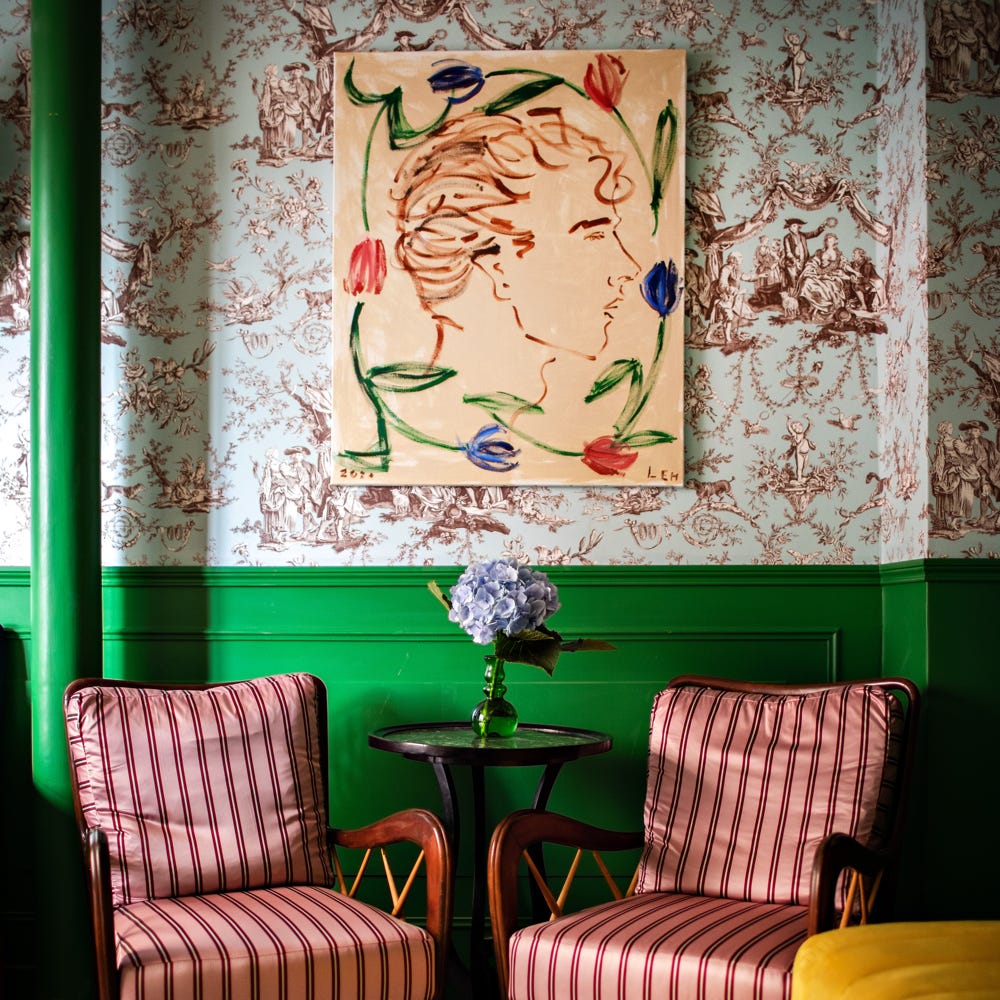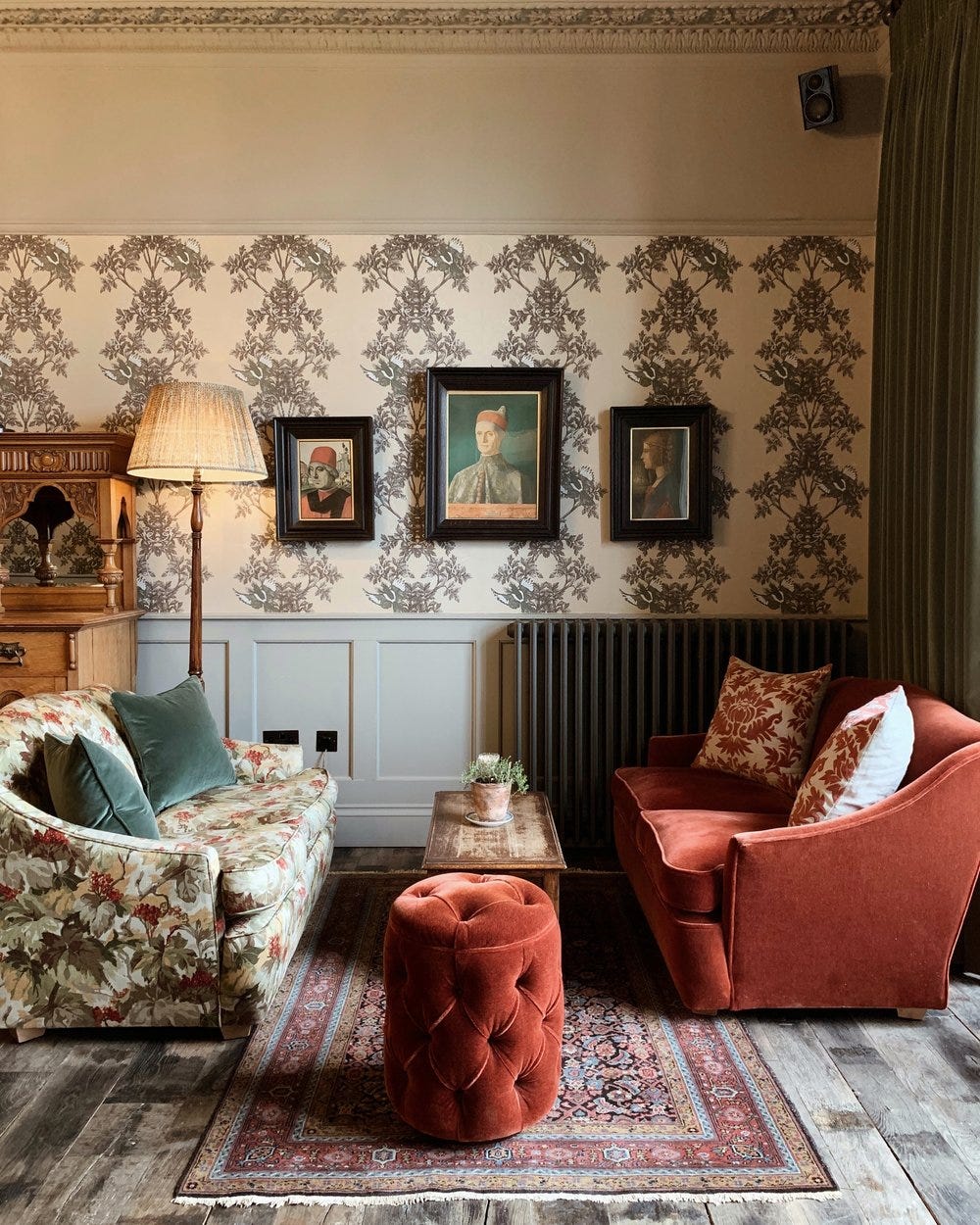Can your decor change your behaviour?
It has long been accepted that our interior design choices should set the mood of a room. But can they - should they - go further than that?
This post was sparked by a recent piece by Joy Lo Dico in the Financial Times. I was tempted to skip past it when I clocked the headline: “Can changing our décor change our behaviour?” My gut reaction was: “well, duh – of COURSE it can.” After all, decorating a room to match the sorts of emotions you want to experience in it is central to everything I write about.
But then (cue Sex & The City voiceover) I got to thinking – if we do, and we should, decorate our rooms functionally, to accommodate the activities that take place within them, then it’s a short step to making decorating choices that can determine or change how we actually feel and behave while we are pursuing these activities.

In short – if emerald green makes you feel alive and buzzy and creative, then it’s perhaps not the right colour for a living room where you want to sit and relax in the evening. Use it instead in an office, a kitchen, a working corner, which (if work space and relax space overlap) you can screen off or leave unlit at night.
But then I read Joy’s piece and realised that while I had been thinking about this link between form and function in a purely practical and aesthetic sense, she had uncovered a rather more sinister side. She noted that on a visit to a grand hotel in Vienna, her partner’s behaviour, and then her own, began to change.
“Normally quite a refined and egalitarian person, he had descended into the deep sofa with a newspaper and begun to seem a mite patrician. I, meanwhile, started tidying things up – a duty of propriety hitherto unknown in my London life. Had we, by virtue of the chintz, of memories of old ideas of couples inhabiting opulent interiors, begun to act as the room expected of us?”
Had they been in a more minimalist room or a boutique hotel, she wondered, might her partner have sat more upright; might she have felt more comfortable making a mess?

Read this and suddenly the role of your décor becomes much more significant. I wrote in the first Mad About The House book about an experiment in Swiss prisons in 2013, in which rooms were painted pink and prisoners who had been disruptive became calmer on average 15 minutes more quickly. It was called Drunk Tank Pink and was created by mixing a gallon of white paint with a pint of red. It’s not, on the face, of it a soft, relaxing shade, but the prison authorities discovered that it was impossible for inmates to maintain elevated anger levels when surrounded by it. (The research hasn’t been fully accepted and the experiment was subsequently abandoned, but it’s an interesting idea.)
Several times over the years I have interviewed Oliver Heath, an industry-recognised expert in the field of sustainable architecture and interiors, who talks about about the importance of biophilic design, or the way we connect ourselves to the natural world through our built environment and decor.
Oliver has published masses of research on his site but one of the key findings he told me about was that timber-clad walls in schools had been found to reduce the heart rates of students by 8,600 beats a day. Just that simple connection to a texture from the outside world reduces stress and calms them down. Taking a biophilic approach to classroom design has also been found to increase learning by up to 25 per cent, improve test results, concentration and attendance – and even mitigate the effects of ADHD.
These are three small examples, one anecdotal and two science-based, but from those stories alone it seems baffling to me that more weight isn’t given to the relationship between our interior décor and our mental health.





